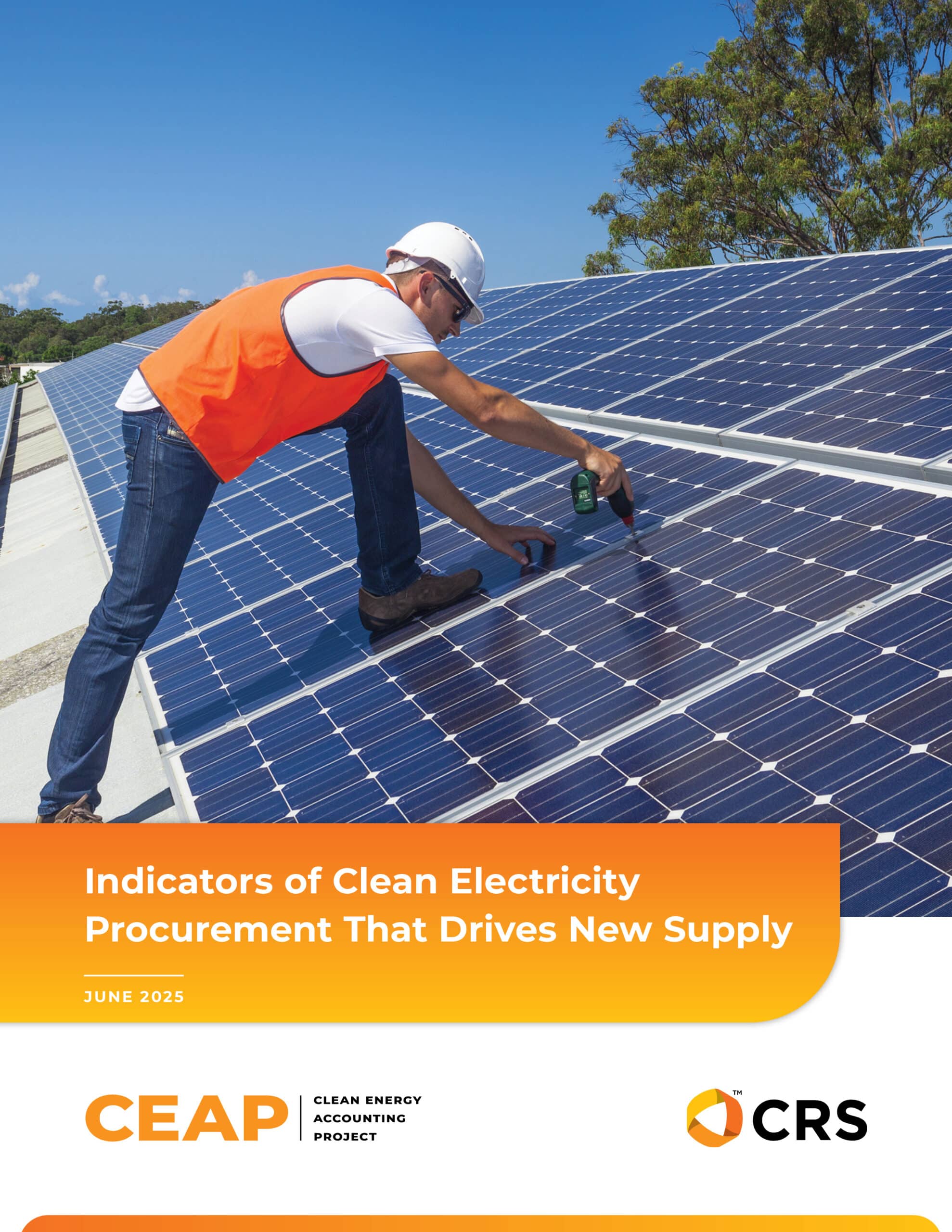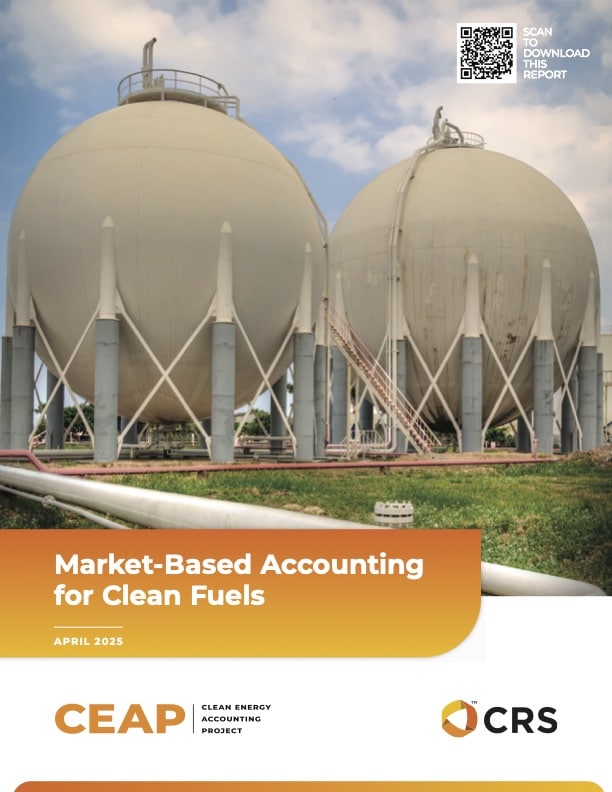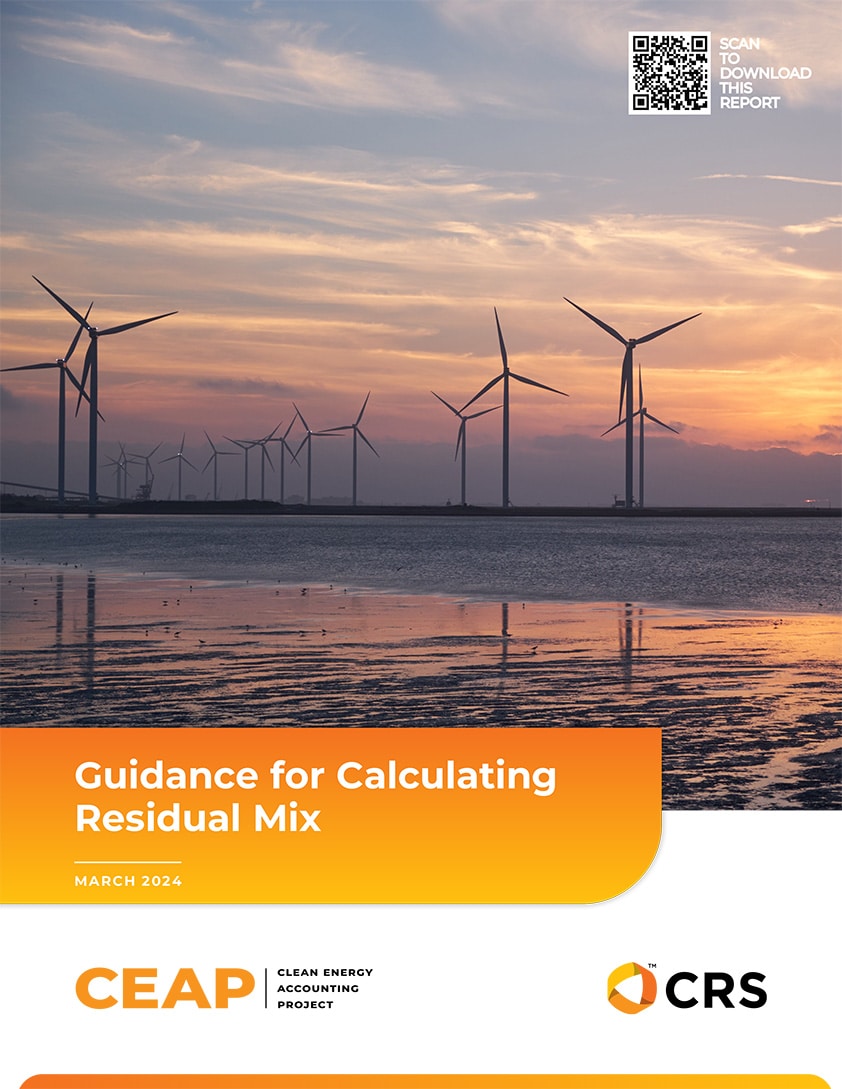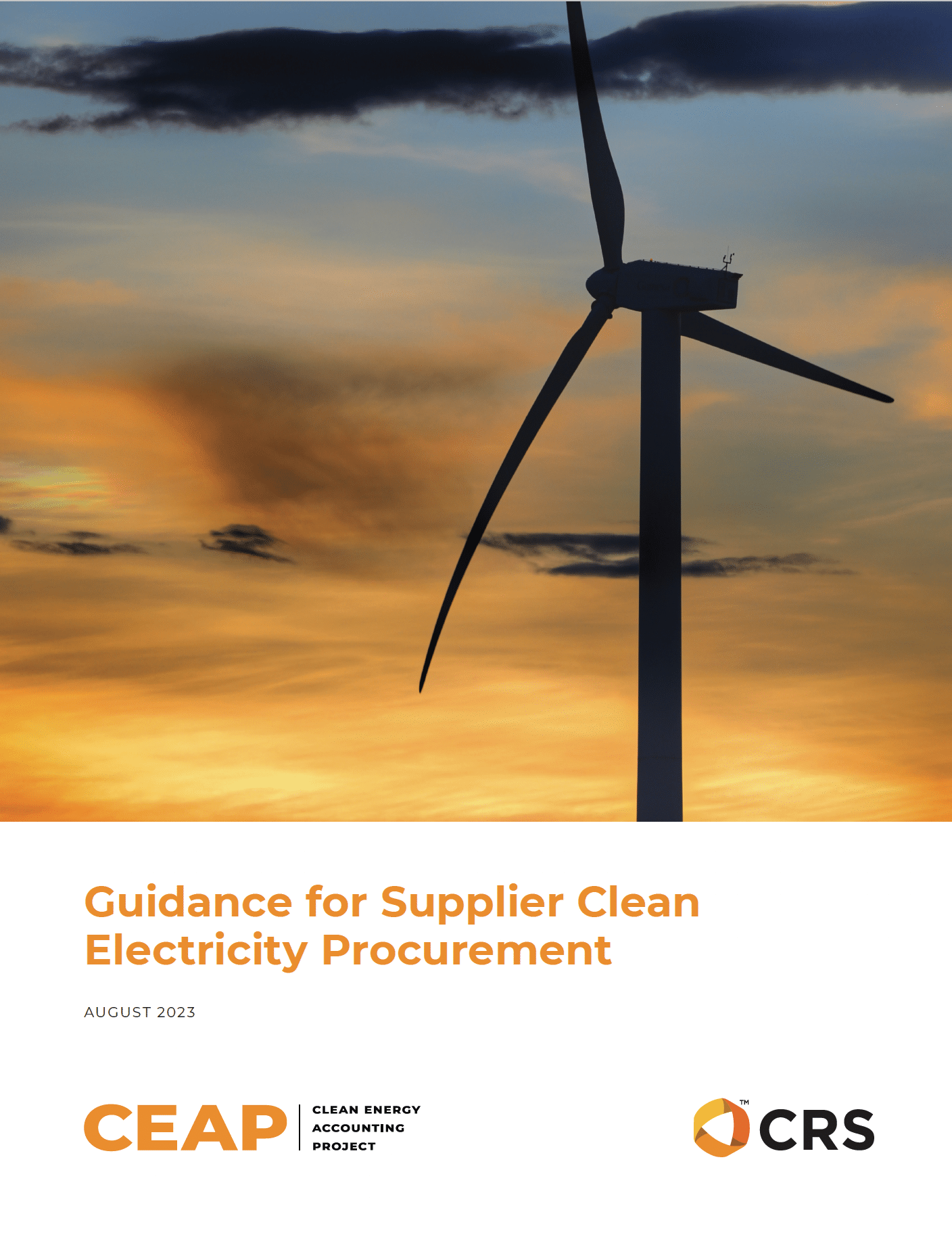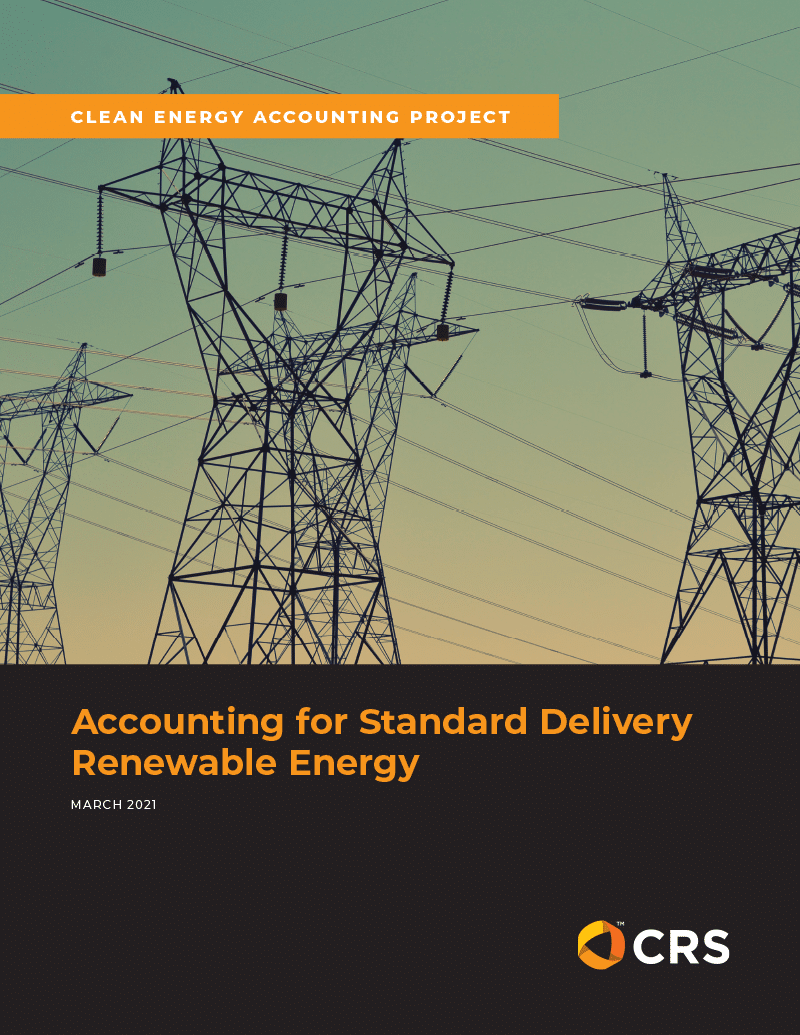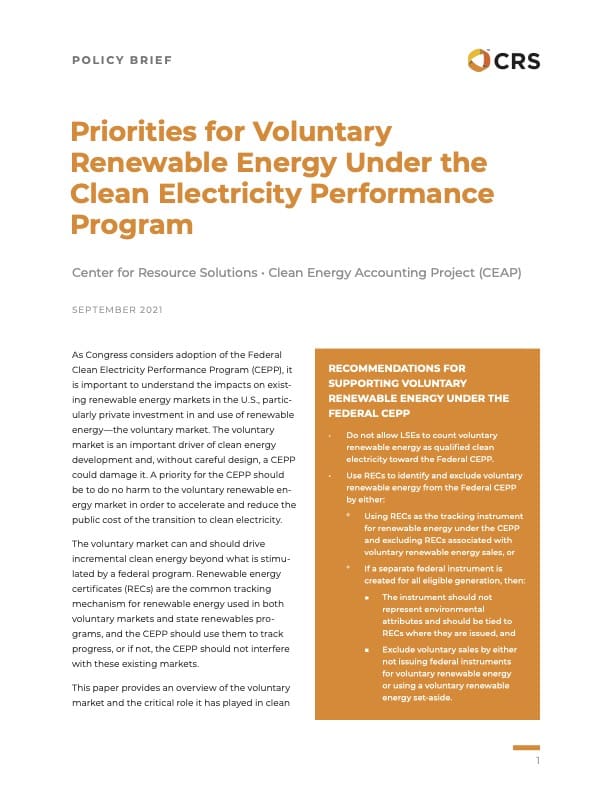CEAP Initiatives
Active Initiatives
These are CEAP’s active initiatives, current efforts to advance guidance and best practices for clean energy accounting. Through collaborative working groups, stakeholders are helping shape consensus-based solutions that will strengthen and expand clean energy markets. Interested in joining a Working Group for one of these initiatives? Contact ceap@resource-solutions.org to get involved.
Completed Initiatives
These are CEAP’s completed initiatives, projects that have created guidance, best practices, and resources to support clean energy markets and inform future efforts. We encourage you to explore these materials and share any feedback or questions. Your input helps ensure that this guidance remains a valuable roadmap for advancing clean energy accounting.
Upcoming Initiatives
These initiatives, selected by our Advisory Committee, are set to launch in the coming year to address new and emerging challenges in clean energy accounting. In the months ahead, we’ll form working groups of key stakeholders to create innovative, consensus-based solutions. Interested in joining a Working Group for one of these initiatives? Contact ceap@resource-solutions.org to get involved.
ADDITIONAL RESOURCES
Hourly Renewable Energy Accounting
Accounting and Credible Claims
- Making Credible Renewable Electricity Usage Claims (RE100)
- Additionality and Renewable Energy Certificates: Understanding the Value of REC Claims
- The Legal Basis for Renewable Energy Certificates
- Renewable Energy and Greenhouse Gas Accounting Glossary
- Double Counting Best Practices (North American Association of Issuing Bodies)
International Renewable Energy Procurement
- Overview of International Voluntary Renewable Electricity Procurement and Public Claims
- Policies for Enabling Corporate Sourcing of Renewable Energy Internationally
Regulatory Policy
- Overview of Renewable Portfolio Standard Design Options from the U.S. Experience
- Corporate and Voluntary Renewable Energy in State Greenhouse Gas Policy: An Air Regulator’s Guide
- Voluntary Renewable Energy Set-Asides for Cap-And-Trade
- Two Markets, Overlapping Goals: Exploring the Intersection of RPS and Voluntary Markets for Renewable Energy in the U.S. (Clean Energy States Alliance [CESA])
- Tracking Emissions Associated with Energy Serving Load in the Regional Greenhouse Gas Initiative (RGGI) States: A Feasibility Study (Regulatory Assistance Project [RAP])
- The Intersection between Carbon, RECs, and Tracking: Accounting and Tracking the Carbon Attributes of Renewable Energy (Environmental Tracking Network of North America [ETNNA])
